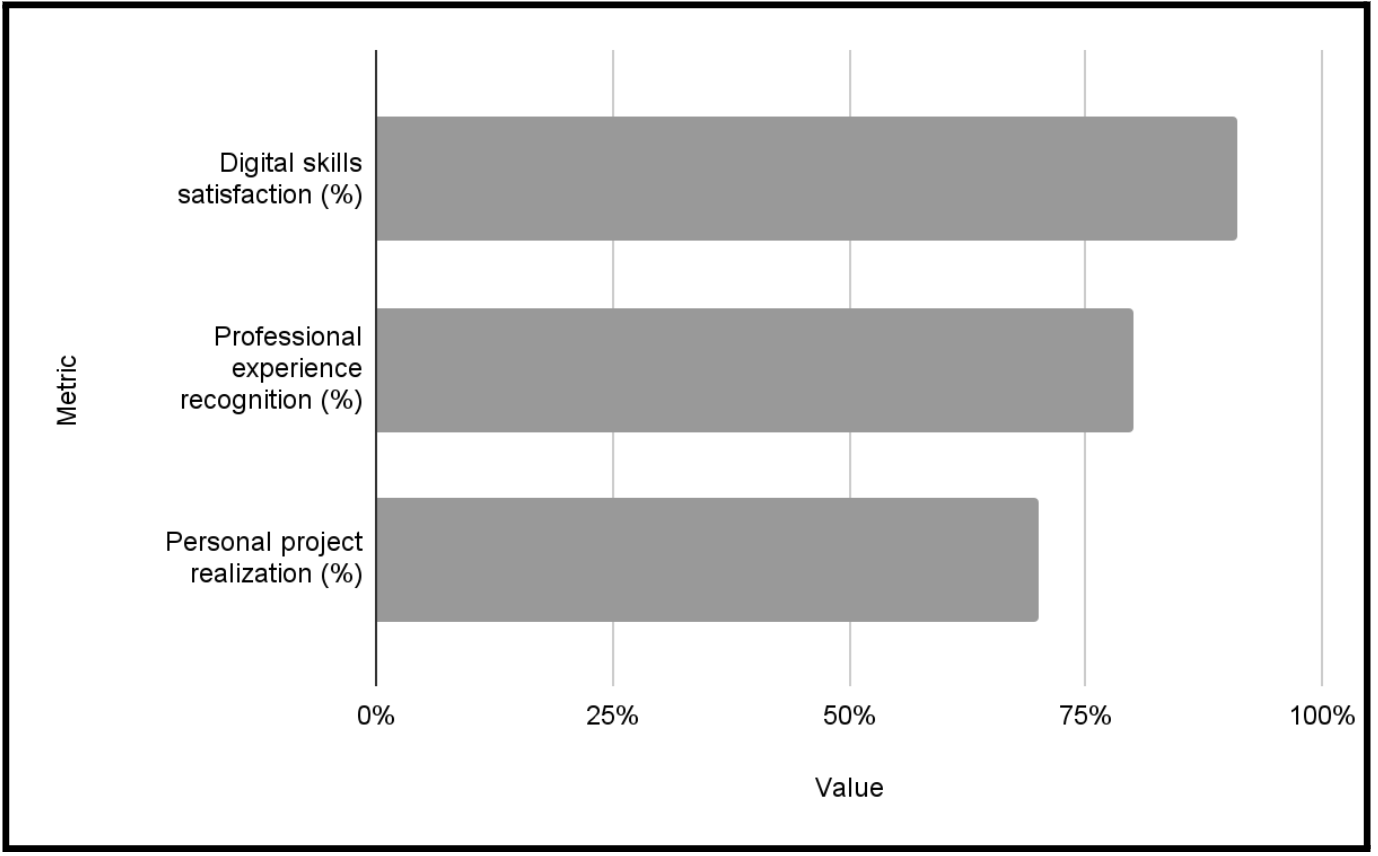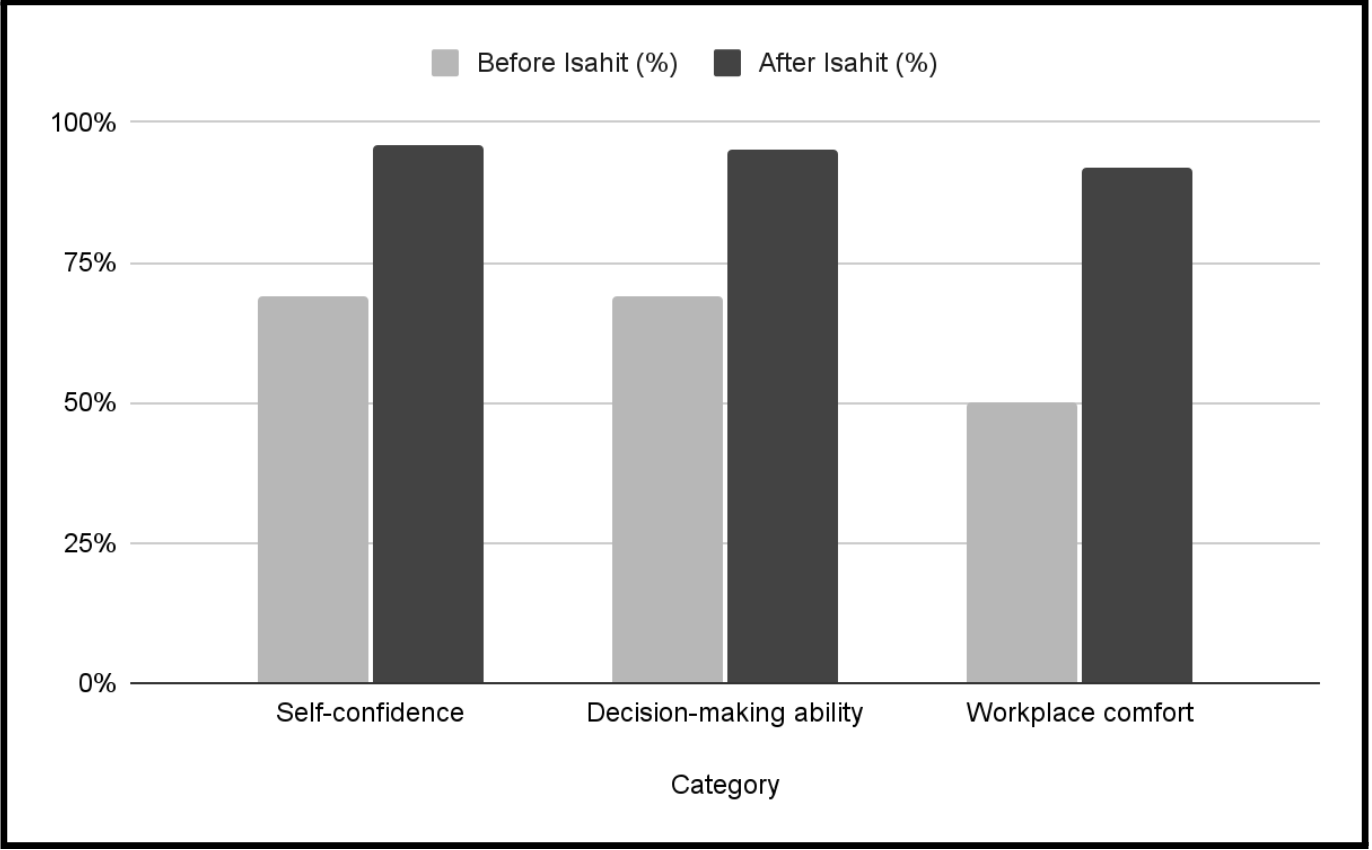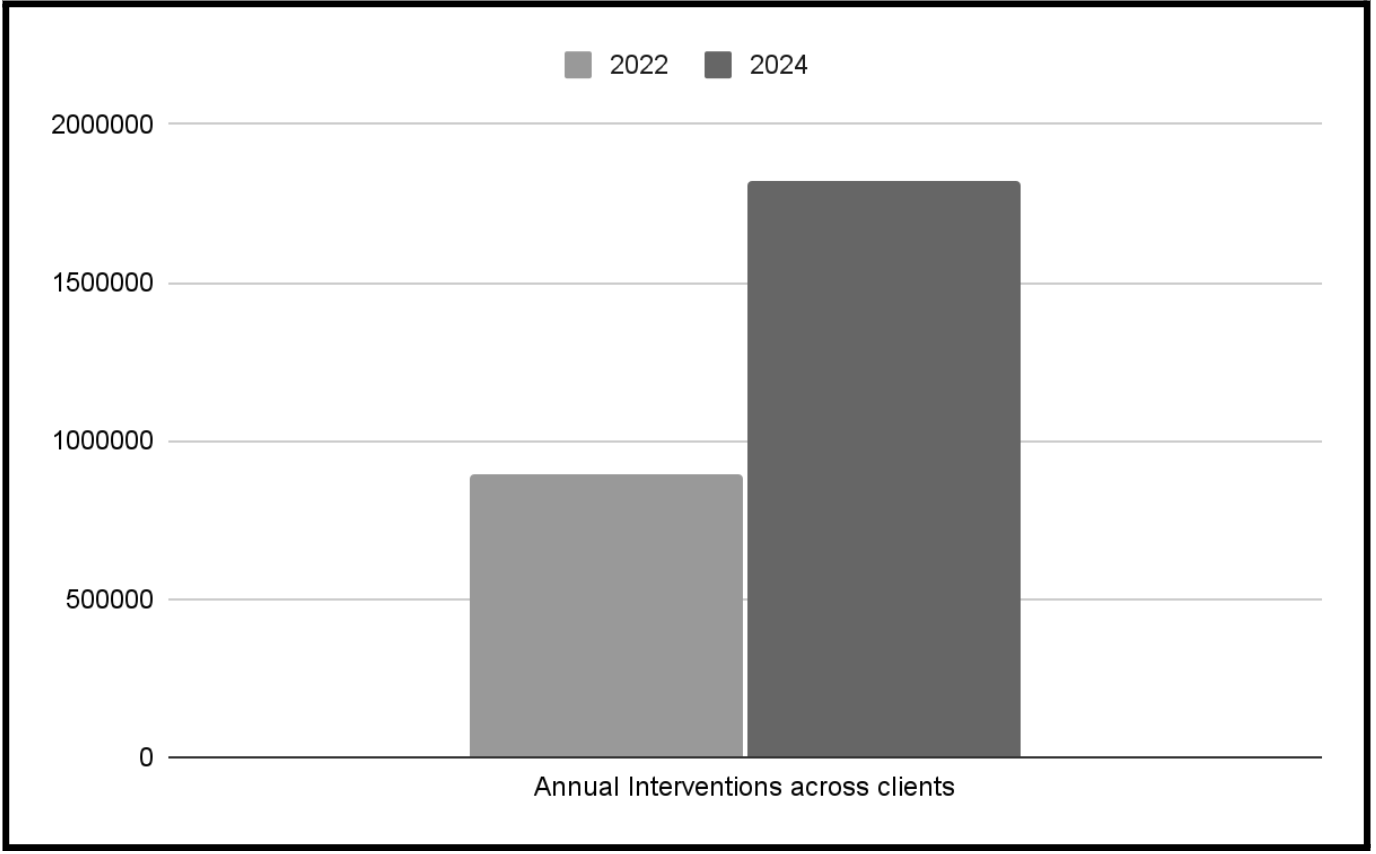Le capital-risque ne se résume plus à injecter de l’argent. Le modèle VC-as-a-Service offre un soutien aux startups qui va bien au-delà du simple capital. Vous allez comprendre comment cette approche combine innovation stratégique et croissance durable pour changer la donne. Suivez le guide pour saisir les avantages concrets de ce modèle.
Le Modèle VC-as-a-Service
Le modèle VC-as-a-Service redéfinit la manière dont le capital-risque soutient les startups. Allons plus loin pour voir comment cette approche innovante transforme la relation entre investisseurs et entrepreneurs.
Comprendre le Concept de VC-as-a-Service
Le VC-as-a-Service n’est pas juste un concept, c’est une révolution. Il offre aux startups bien plus que des fonds. Ici, les investisseurs agissent comme partenaires stratégiques. Imaginons une startup en pleine croissance. Vous recevez du capital, mais aussi des conseils stratégiques pour naviguer dans un marché complexe. Avec des fonds spécialisés, vous êtes armés pour affronter les défis avec un soutien complet. Ce modèle est en train de transformer l'industrie. Apprenez comment ici.
Pourquoi Choisir VC-as-a-Service ?
Pourquoi ce modèle séduit-il tant ? Car il va au-delà des attentes traditionnelles. Le VC-as-a-Service offre une flexibilité inégalée. Pour une startup, choisir ce modèle, c'est opter pour une trajectoire de croissance rapide et soutenue. Les investisseurs bénéficient également d'une vision claire et d'un alignement stratégique. Si vous êtes un entrepreneur cherchant à maximiser vos chances de succès, ce modèle vous donne les outils pour réussir. Lisez comment cela fonctionne.
Avantages pour les Entrepreneurs
Passons aux avantages concrets pour les entrepreneurs. Avec le VC-as-a-Service, vous sentez immédiatement la différence.
Accès au Capital-Risque et au Soutien
Ce modèle offre un accès privilégié à des capitaux tout en fournissant un soutien continu. Imaginez un entrepreneur qui lutte pour lever des fonds tout en naviguant sur des marchés compétitifs. Grâce au VC-as-a-Service, vous obtenez non seulement des ressources financières, mais aussi des conseils d'experts pour vous aider à surmonter les obstacles. En vous associant à des partenaires qui comprennent vos besoins, vous pouvez concentrer vos efforts sur ce qui compte vraiment : innover et croître. Participez à nos événements pour en savoir plus.
Innovation Stratégique pour la Croissance Durable
L’innovation stratégique est au cœur de ce modèle. Cela signifie que vous ne vous contentez pas de suivre des tendances, vous les créez. Avec le soutien adéquat, votre startup peut explorer de nouvelles voies et repousser les limites. Pensez à Mandalore Partners, qui se spécialise dans l'InsurTech et l'IndustryTech. En utilisant leur expertise, vous pouvez transformer votre vision en réalité. Ce partenariat ne se limite pas à la finance, il s’étend à une véritable collaboration pour un impact durable. Découvrez notre approche ici.
Avantages pour les Investisseurs
Les investisseurs, ce modèle n'est pas seulement une opportunité, c’est une nouvelle norme.
Opportunités dans les Startups Prometteuses
Investir dans des startups prometteuses offre de grandes opportunités. Le modèle VC-as-a-Service vous permet de diversifier vos investissements en donnant accès à des entreprises à fort potentiel. En travaillant avec des experts qui connaissent le marché, vous pouvez identifier les meilleures opportunités. Cela réduit les risques et augmente vos chances de succès. De plus, avec des fonds spécialisés, vous bénéficiez d’une meilleure visibilité sur l’avenir. En savoir plus sur l'impact potentiel.
Soutien aux Startups et Collaboration 🤝
La collaboration est au cœur du succès. Avec le VC-as-a-Service, vous ne financez pas seulement une entreprise, vous soutenez son développement. Cela crée une relation symbiotique où les deux parties prospèrent ensemble. Votre rôle ne se limite pas à un simple financement ; vous êtes un partenaire actif dans la croissance de l'entreprise. Dans un monde où l'innovation est clé, être un investisseur proactif peut faire toute la différence. Découvrez comment vous pouvez contribuer.
🎯 Profitez de nos services de conseil stratégique pour booster votre croissance ! 🚀
Dans l'écosystème actuel, le modèle VC-as-a-Service est plus pertinent que jamais. En adoptant cette approche, vous vous positionnez pour une croissance durable tout en favorisant l'innovation. Ne laissez pas passer cette chance d'être à la pointe du changement.














































